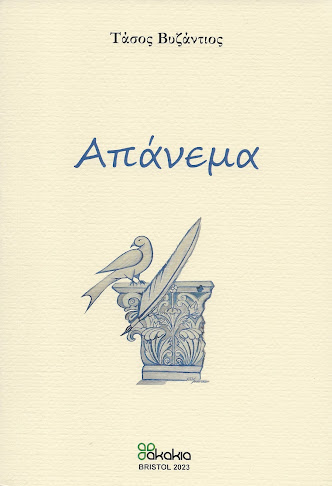skip to main |
skip to sidebar
Graphology
Most of us now probably spend more time typing
than we do writing with a pen or pencil between our fingers. Many, the writer
included, can take pride in a page of text they have typed and formatted to
their own taste, while feeling slightly embarrassed about the appearance of a
page of their handwriting.
In the early 1970’s, there was a spike of
interest in the graphology: the study of handwriting. This maintains that when
we write we unknowingly leave clues about our personalities. In essence, we
leave something of ourselves on the paper.
Major employers started to require those
applying for a job to submit their applications in writing. No doubt these were
submitted in the applicant’s very best handwriting, as we all recognise that
others do tend to form an impression of us through our handwriting. Not to be
defeated by this desire to impress, some employers designed the interview
process so that an applicant, attending an interview in person, might be
required to produce a page of their handwriting on the spot. For example, they were
sometimes asked to make a note of a dialogue in a television programme or to
copy a page of text as quickly as they could.
The employer would then ask a graphology expert
to report as to what clues about the applicant’s character he had inadvertently
revealed through his handwriting. Did he have the qualities the employer most
valued?
At its peak, in the 1970’s, graphology claimed
the status of a science but research carried out in the 1990’s dismissed it as
a pseudoscience. The writer’s instinct, however, remains that ‘there is
something in it’.
On a very simple level, the underlying
principle of graphology is:
·
the left side of a page or pen strokes that
lean to the left, represents the inner person
·
right, represents the outer world
·
up, represents spirituality or ambition
·
down, represents a rootedness in the ground or
the material world.
The writer has often found, for example, that
where someone’s handwriting leans significantly to the left, they tend to be a
rather introverted person. This may be confirmed if the handwriting is small
and lightly written; conversely, one only needs to look at Donald Trump’s
signature to see the large letters of a large personality.
It is important to read a series of features of
handwriting as a whole, rather than focus on one feature in isolation. For
example,
·
if the letters are pressed hard into the page,
this suggests a sense of energy or drive; when crossing the letter ‘t’ a firm,
long, upward-slanting cross is a sign of ambition
·
dots placed precisely over a letter ‘I’ are
probably written by a careful person, while the opposite might also be true
when the dots are ‘all over the place’
·
angular strokes that join one letter to the
next suggest an analytical mind, while handwriting where the overall appearance
is rounded, point to a more easy-going person; where the handwriting is large and
rounded this suggests generosity
·
someone who adds an unnecessary hook to their
letters is likely to be stubborn.
 |
Adolf Hitler’s signature |
The first stroke in the letter ‘A’ of Adolf
Hitler’s signature is a bold stroke from right to left and could be seen as a
dagger drawn violently back into his own soul, followed by another similar
stroke in the other limb of the letter ‘A’. The letter ‘H’ contains another
bold line from right to left but is then softened by the long curved loop to
the right; it should be remembered Hitler had a creative side and was an
artist.
The writer recently saw the handwriting of a
deeply spiritual person. Some of their letters, literally, pointed high and
sharply towards Heaven, but in a gentle way with the pen clearly having touched
the paper only lightly.
Graphology can provide interesting clues about someone’s
personality but, if it is indeed a ‘pseudoscience’, it is likely to be an
unreliable guide. It can be fun speculating on what our handwriting says about
us. Perhaps our typing says something about us too.
Richard Devereux










































No comments:
Post a Comment